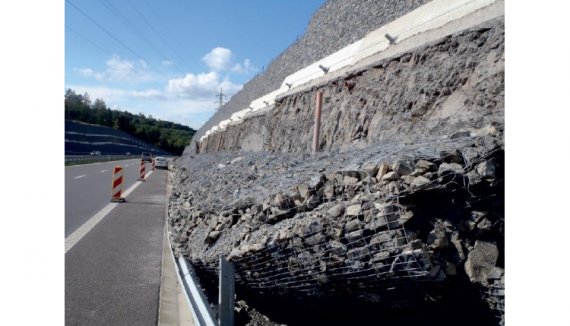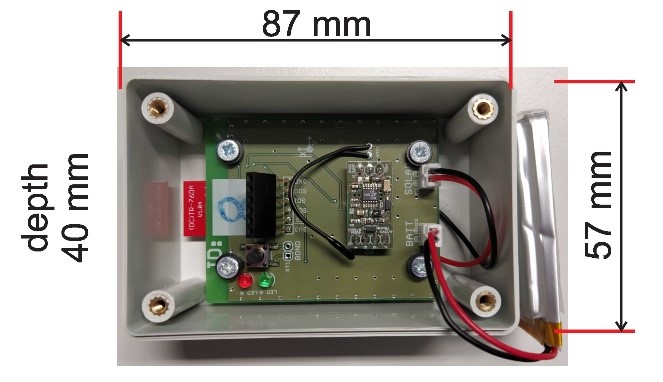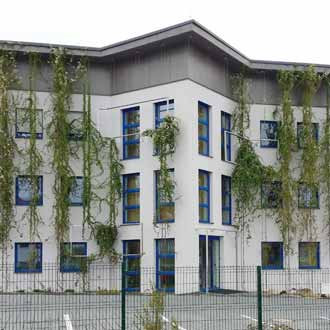Introduction
In this case study, we will introduce you a protection of roads and tracks from falling rocks by monitoring restraint systems.
The main problem of an installed restraint systems above the track structures is the way of monitoring and reporting their condition. The number of installed systems is growing not only in the Czech Republic but also worldwide. These systems include protective nets, protective fences and protective walls. Conditions of these restraint systems are usually checked visually by a person responsible for maintenance. However, this method of control is time-consuming and expensive.
Solution
The solution of this problem is installing sensor networks on restraint systems, which measure the change in their status and then wirelessly transmit measured data to the control center. This significantly reduces the cost of visual inspections and a dispatched is immediately notified of changes in the status of all security features where monitoring systems are installed.
Research and development were carried out by scientists from VSB-TUO, which is a member of the IQRF Alliance. Detailed information on this solution is provided in an expert article on MDPI.
Conclusion
As part of the development, a special measuring system was designed. It consists of an IQRF GSM gateway, which collects data from wireless nodes, and a visualization part. The authors developed two types of wireless nodes - a sensor node with an accelerometer installed on a protective fence or barrier, and a special node that measures electrical resistance at the load anchor cell where a change in pressure on this measuring element creates a change in the piezoresistive sensor. The electronics of this sensor are more complex than the wireless sensor node of the accelerometer.
Both systems were deployed at suitable locations under real operating conditions and described in detail for locations Málkov, Zbraslav, and Mokré Lazce. The acquired data were archived in a database and visualized. Charging powering accumulators using solar panels was tested on both sensor types. The main advantage of designed sensors is their capability of sending alarm states using asynchronous packets when specified limit values of measured quantities are exceeded. This can aid in minimizing potential damage to property and hazards to human health.
The developed wireless sensors fill the market gap and successfully complement the portfolio of major geotechnical companies with the possibility of implementing wireless monitoring systems based on the use of MESH sensory network topology. The described monitoring system allows the remote monitoring of geotechnical restraint systems. This can prevent significant losses through early warning of non-standard phenomena - predictive maintenance.
Contact us at info@iqrfalliance.org to be connected to developers.










